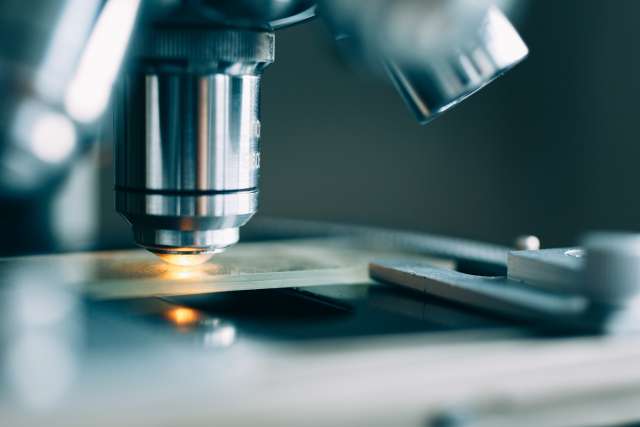On a summer day, many people like to wear shorts to get some relief in the heat. For people with varicose veins, however, the idea of wearing shorts can lead to more anxiety than comfort.
Varicose veins affect about 25 percent of women and 15 percent of men in their lifetime, and there are many ways the condition can be treated.
UCLA interventional radiologist discusses the causes of varicose veins and some common treatments.
What are varicose veins?
"Varicose veins can form when the vein valves that move blood back to the heart malfunction, causing swelling and inflammation," says Hoffman. "The veins then become dilated due to the abnormal blood flow."

Varicose veins most commonly occur in the legs, where gravity and other factors make the normal flow of blood returning to the heart more difficult.
Many people with varicose veins often report that they are painful, uncomfortable, and unsightly.
What causes varicose veins?
"Your genes are the number one factor contributing to your risk for developing them," says Hoffman.When one or both parents have varicose veins, your risk for them increases.
Other contributing factors include pregnancy, obesity, older age, prolonged standing, and physical inactivity.
What treatments are available?
The first thing Hoffman recommends is more physical activity. When we walk, the contraction of the calf muscle helps circulate blood back to our heart, alleviating the buildup that contributes to varicose veins.
For this reason, Hoffman also recommends compression socks or stockings, which will aid with the circulation of blood.
When those measures aren't enough, doctors can treat varicose veins with minimally invasive procedures:
- is a treatment that uses heat and a laser to close off a vein that is not functioning properly, redirecting blood flow through other veins.
- is a non-thermal ablation that uses a rotating catheter and a drug to close off the varicose vein.
- uses a series of tiny incisions in the skin to physically remove the affected veins.
- uses an injection of a specific chemical to make the veins shrink.
For more information on varicose veins and treatment, visit the .



